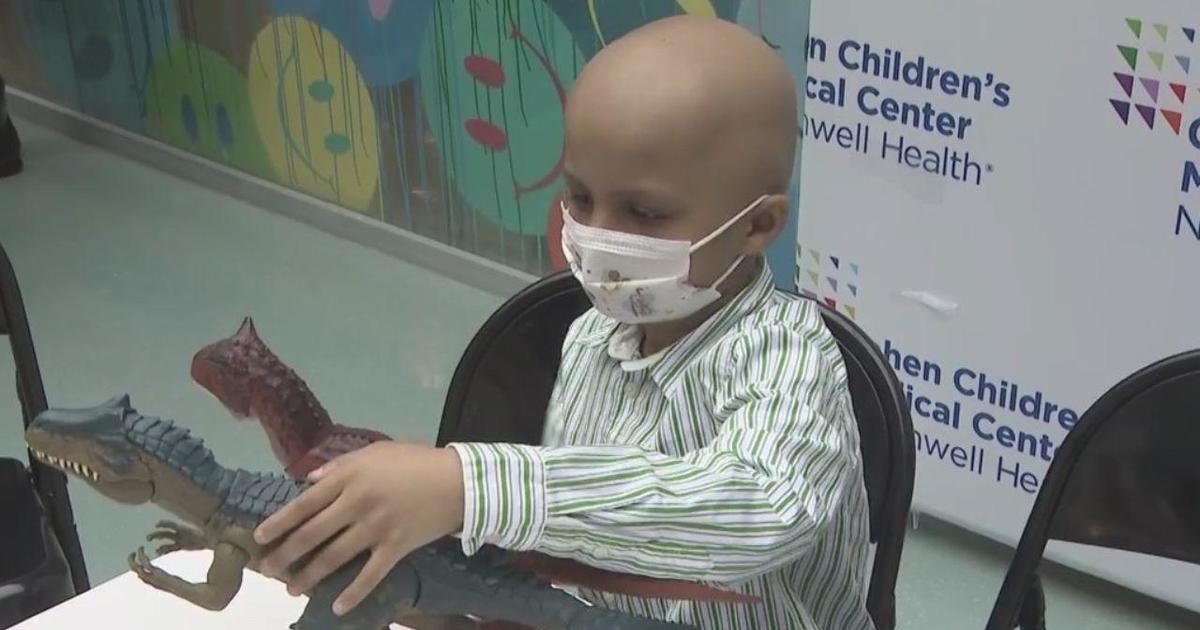Virtual Consultations With Doctors Speed Up Non-Emergency ER Visits At Area Hospital
NEW YORK (CBSNewYork) -- Have you ever gone to the emergency room for a cut or a sprain, or maybe if you were running a fever? Chances are you waited a pretty long time to be seen and treated.
But as CBS2's Dr. Max Gomez reported, one hospital is now using telemedicine to make the ER visits faster and less stressful. And the doctor does not even have to be in the room.
In most ER's, anywhere from a third to half of all patients are not real suffering from real emergencies. A sprained ankle, of course, is not life-threatening.
Thus, while those who go to the ER still need a doctor, but the doctors are busy seeing patients with heart attacks, strokes and major trauma – so those with less serious conditions have to wait.
But maybe not at NewYork-Presbyterian/Weill Cornell Medical Center.
The express care service in the ER at the Upper East Side hospital involves a doctor who sees patients through a virtual connection on a screen.
The innovative use of telemedicine technology is the brainchild of the emergency physician-in-chief, Dr. Rahul Sharma. It is designed to ease waiting times and more importantly, improve care for real emergencies.
"Some of these non-emergent patients or urgent care type patients could take resources away from our more critical patients, our nurses, our doctors, other staff members that are taking care of the more critical patients," Sharma said.
When a patient comes into the ER, they go through standard triage and screening in person from a nurse practitioner or physician assistant. If they are deemed a non-emergency, they are asked if they would like to see a board-certified emergency medicine physician virtually in a private room.
"Immediately, I felt that I was one-on-one with the physician. The screen was gone. I was able to feel her empathy and her caring about what happened to me and how I was feeling and what to do," said Mary Anne Gallagher, who was treated for an injured ankle.
But if at any point the patient is uncomfortable or the situation is more serious than originally thought, the main emergency room is right outside the door.
Dr. Alexis Halpern is one of several ER doctors who can see patients at several sites and on a mobile app – all from one location via telemedicine. She feels in some ways, it is actually better medicine.
"We don't have all of the interruptions that we often get in an emergency department – whether it be other patients that need things, nurses that have questions, whatever it is, we can focus directly on each other," Halpern said.
The patient and doctor work together, taking a picture of their sore throat or pushing on tender areas. If a patient needs a blood test, an X-ray or another exam, staff are available to help in person.
In the year or so the telemedicine emergency room has been in use, the average non-emergency visit has gone from two and a half to three hours to under 40 minutes.



